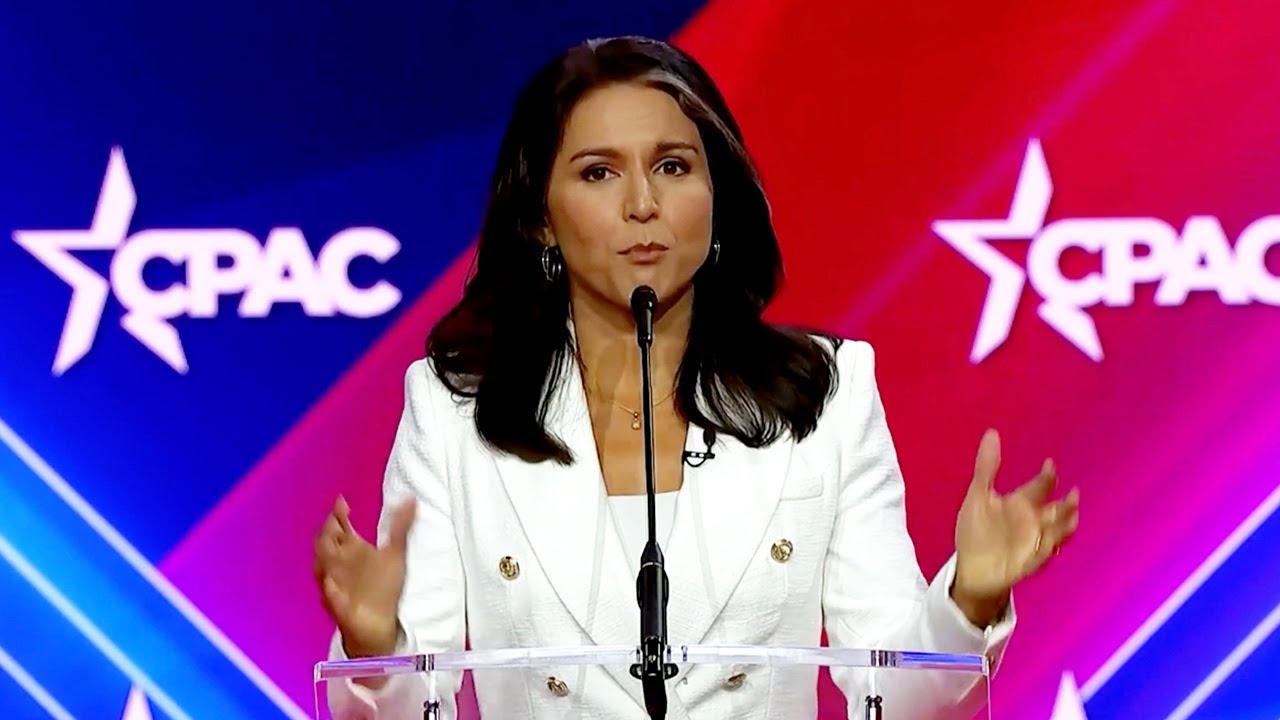Hey there, friends! Let’s dive into the fascinating world of political campaigns, shall we? Today, we’re zeroing in on one of the most intriguing figures in American politics: Tulsi Gabbard. For those who might not be tuning in every single news cycle, Tulsi is an ex-Congresswoman from Hawaii, a battle-hardened military veteran, and a rather polarizing figure in the Democratic Party. She made waves with her presidential run and continues to be a voice in political discussions. So grab your popcorn, and let’s break down her campaign strategy during the election season.
Branding a New Kind of Politician
One of the first things that hit you about Tulsi Gabbard is her branding. She does not fit the typical mold of a politician. With her mixed heritage (she’s of Samoan and Indian descent), she brings a fresh perspective to the table. Her image as a progressive outsider was a key aspect of her campaign. Gabbard marketed herself as a candidate who wasn’t caught in the web of political bureaucracy, positioning herself as a champion of the people, fighting against the establishment. She wanted voters to see her as a refreshing alternative to the typical political figures that seem to pepper both sides of the aisle.
>>> Buy now: Rick And Morty Dragon Ball Z Living Room Modern Carpet Rug
Grassroots Movement and Social Media Savvy
Tulsi’s campaign was heavily reliant on grassroots support. Let’s face it, when running for office, having a massive war chest helps, but what really sets candidates apart is their connection to the everyday voter. Gabbard leaned into social media like it was her best friend. She used platforms like Instagram, Twitter, and Facebook not just for promotions, but to engage with voters in a way that felt personal and authentic.
While some candidates stuck to the traditional, polished campaign ads, Gabbard took a more candid approach. Her video posts often featured her without the filters and airs typically associated with politicians. This soft, relatable vibe helped her stand out. People felt like they were getting to know the real Tulsi, and that authenticity appealed to many.
Foreign Policy Focus
Now, let’s talk about her core messaging, especially her focus on foreign policy. Gabbard, being a veteran herself, naturally emphasized a non-interventionist approach. While many candidates were dancing around the tough questions regarding military involvement overseas, she was candid and straightforward, advocating for a major shift in how America engages with the rest of the world.
This strategy certainly found a niche audience. With an increasing number of Americans tired of endless foreign wars, her calls for diplomacy over military action resonated well. During debates and interviews, she articulated her position with clarity, which brought her some respect even from those outside her core supporters. This foreign policy stance also drew a unique coalition of voters — anti-war liberals, libertarians, and even some conservatives who shared her skepticism of military interventions.
The Controversial Stance
Let’s be honest: some of her policy decisions and stances were downright controversial. Gabbard is known for reaching across the aisle, which some viewed as her trying to appease everyone—a classic case of playing politics, right? Many were taken aback by her controversial meeting with Syrian President Bashar al-Assad, and this choice sealed her fate with a significant portion of the progressive base who prioritize human rights. This duality of appealing to an anti-establishment crowd while also seeming to cozy up to controversial figures put her in a tricky position.
In the realm of modern politics, it seems like controversy is a double-edged sword. While it attracted media attention, it also turned off potential supporters who couldn’t align with her decisions. Gabbard’s focus on controversial themes may have alienated some, but they also kept her name in the conversation as a distinct candidate with varying opinions.
Key Issues and Voter Base
Let’s shift gears and look at the issues that were critical for Gabbard’s campaign. Beyond foreign policy, she deeply engaged with issues like climate change, healthcare, and income inequality. She spoke passionately about the need for a Green New Deal and universal healthcare, both of which are popular talking points among younger voters. However, while her message struck chords with some demographics, it didn’t quite resonate across the board.
Tulsi often found herself appealing mostly to the younger crowd and the anti-establishment voters who were disillusioned by the mainstream Democratic candidates. The challenge was translating those individual voter connections into a broader appeal. This was no easy feat, especially in a field crowded with prominent figures who had stronger name recognition and resources.
Navigating the Debate Arena
Debates can make or break a campaign; they’re the battlegrounds where candidates can shine or trip flat on their faces. Gabbard’s debate performances received mixed reviews. She had moments of brilliance when she highlighted issues like military intervention and climate change, but there were also instances where critics argued she didn’t connect as effectively with the audience or other candidates.
One aspect of her strategy was to stand out by not engaging in the petty squabbles that often characterize political debates. Instead, she would bring a more substantial, issue-focused discourse, which certainly aligned with her branding as someone who eschews the traditional mire of political gamesmanship. But while this approach may have cemented her identity, it also risked the chance to build stronger relationships with undecided voters who may not have been in the loop on the deeper policy discussions.
Moving Forward
So, what lessons can we draw from Tulsi Gabbard’s campaign strategy? Plenty! She was an embodiment of what it means to run a campaign that’s multifaceted—where authenticity, a fresh perspective, and a commitment to grassroots support coalesce. At the same time, Gabbard’s story serves as a cautionary tale. Controversial stances and deep divides in the party can alienate voters even if a strong, authentic candidate is behind the platform.
While her presidential bid may have stalled, Gabbard’s influence remains relevant in ongoing political discussions. She has the capability to inspire debate, and her strong personal brand ensures that she won’t fade into the background anytime soon.
In a political landscape that often feels overwhelmingly partisan and status quo, Tulsi Gabbard’s campaign strategies remind us how vital it is for politicians to connect directly with the people and stay true to their convictions—controversies and all.
>>> Read more: Get Your Crocs Star Wars Limited Edition Before They’re All Out
So what do you think? Was her strategy on point or did she miss the mark? Let me know in the comments!




